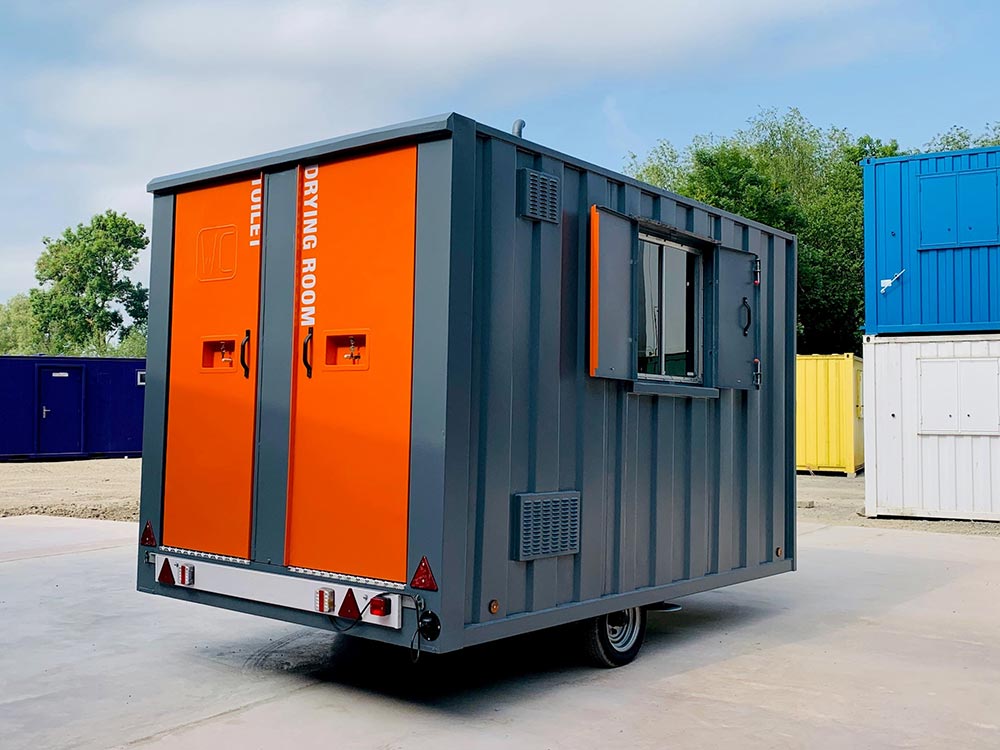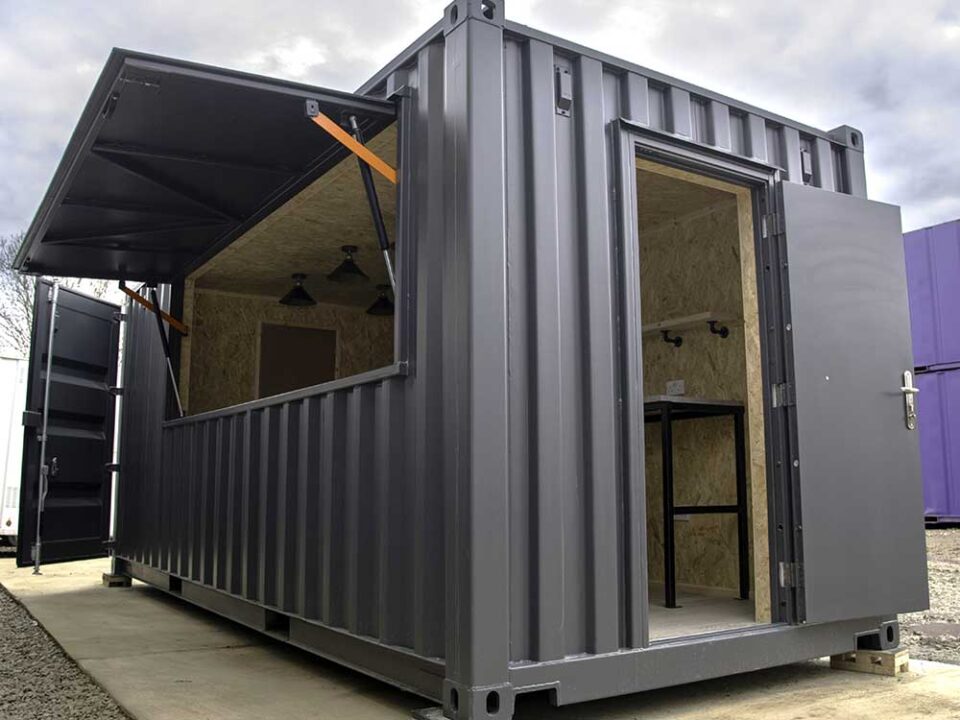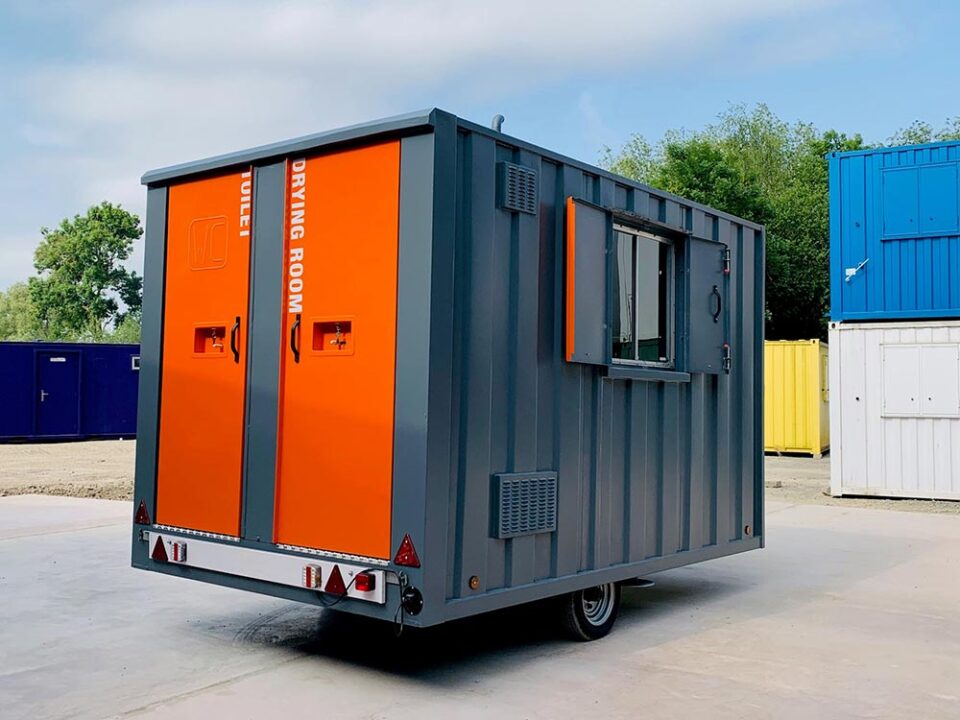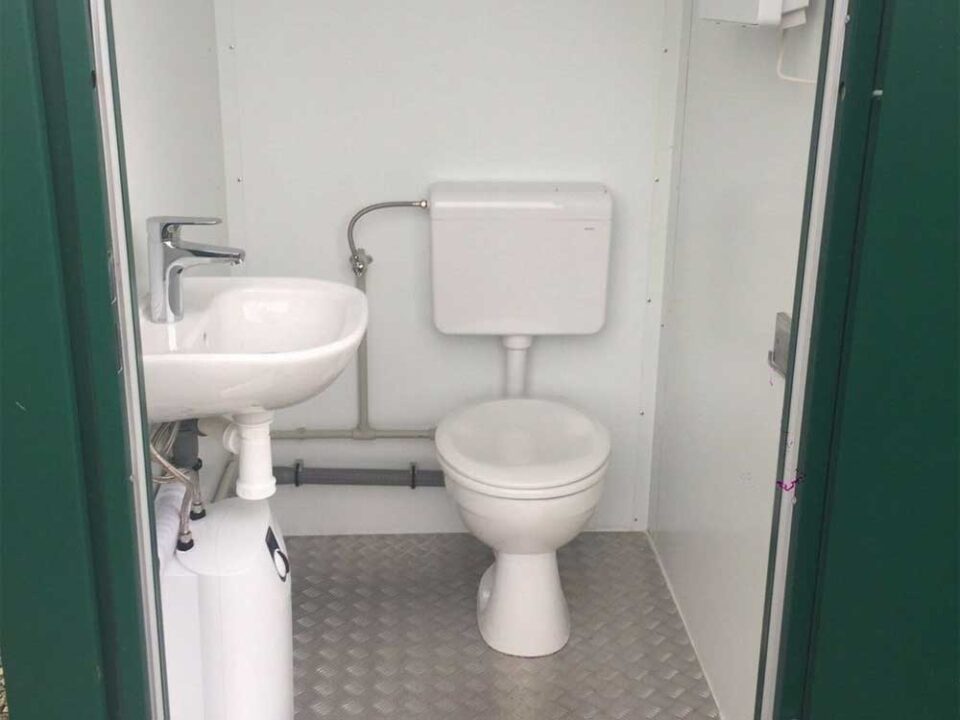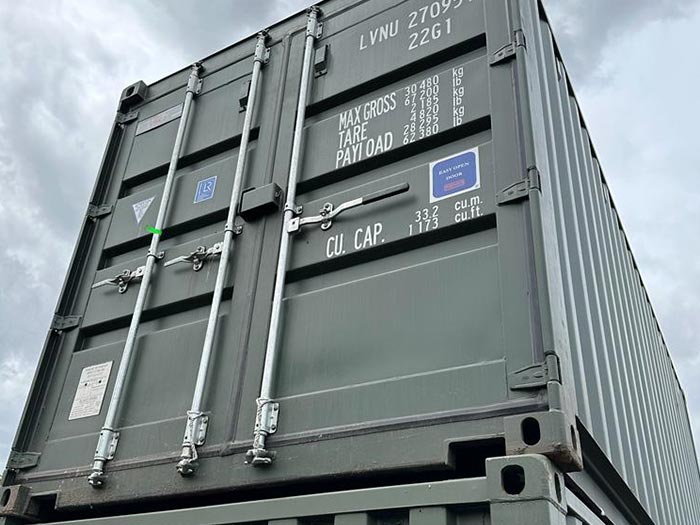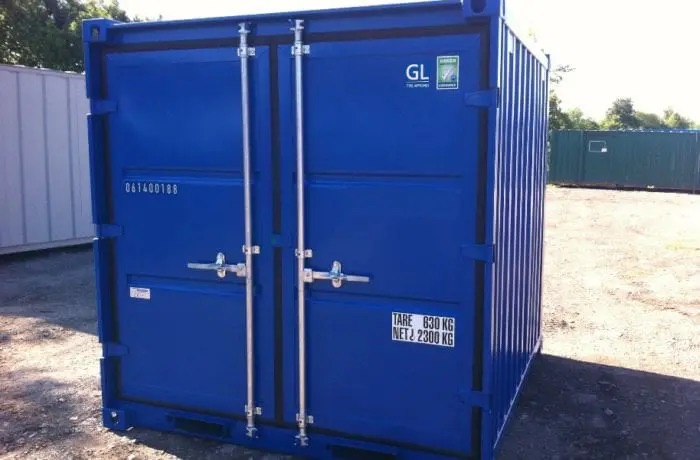Ensuring the well-being of workers on construction sites goes beyond compliance with regulations; it’s about promoting a safe and healthy environment. In this blog post, we’ll delve into the details of construction welfare standards, shedding light on the key responsibilities, facility requirements, and regulatory guidelines that contractors need to know.
The importance of welfare
Welfare facilities are not just legal obligations; they’re vital for the health and safety of all workers. By providing adequate welfare, contractors show their commitment to the well-being of employees. These facilities also serve as key control measures against risks posed by hazardous substances, setting the tone for a positive and productive work environment.
Understanding responsibilities
Contractors are primarily responsible for providing welfare facilities, while clients must make sure compliance is maintained. Successful welfare provision begins with careful early planning before construction starts, with factors such as the nature of work, duration, and size of the workforce being considered. Thorough planning means that facilities are adequate, accessible, and maintained to high standards throughout the project. Commercial clients play a pivotal role in making sure contractors have suitable arrangements in place.
Regulatory compliance and guidelines
The Health & Safety Executive (HSE) and the Construction (Design and Management) Regulations 2015 provide extensive guidance on welfare standards, emphasising factors like sanitation, privacy, heating, rest facilities, drinking water and ventilation. Compliance with regulations is vital for contractors and clients to ensure that welfare standards are met and maintained throughout the project lifecycle.
Essential facilities
Welfare facilities mandated by regulations include a range of amenities, including toilets, washing areas, changing rooms, rest areas, and eating spaces, which must meet specific criteria to keep workers comfortable and safe.
From properly ventilated toilets to well-equipped changing rooms: each aspect is vital in promoting a healthy work environment. As set out in Section 2 of the Health and Safety at Work Act 1974, proper sanitation, hygiene, and accessibility are non-negotiables in welfare provision.
What’s more, the type and quantity of facilities depend on factors such as the project size, duration, and the nature of work. Extra provisions may be necessary for hazardous substance control, with separate facilities often required for men and women.
Strategic facility placement
Careful consideration must be given to the positioning of welfare facilities. Factors like accessibility, proximity to work areas, and ease of maintenance play an important role. Options range from central compounds to mobile units, with existing facilities being utilised where possible. Adequate provision means workers have easy access to essential amenities throughout the project site.
Safety precautions
Beyond providing facilities, safety precautions are necessary to reduce risks. For example, smoking bans, proper heating measures, and ventilation maintenance are important aspects to consider to ensure workers stay safe. Compliance with safety protocols reduces the risk of accidents and promotes a culture of well-being on-site.
Safeguarding success
Prioritising welfare on construction sites isn’t just a legal obligation; it’s a moral necessity. By adhering to welfare standards and implementing best practices, contractors create an environment where workers feel valued, safe, and supported.
Through careful planning, compliance with regulations, and a commitment to safety, construction sites can uphold the highest welfare standards for all workers involved. Also, by providing clear guidance and resources, contractors can navigate construction welfare standards effectively, promoting a culture of safety and well-being in the construction industry.
